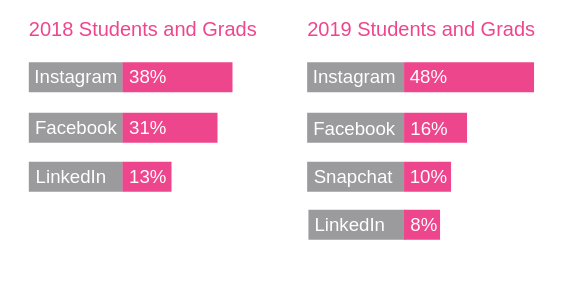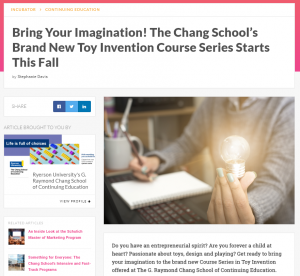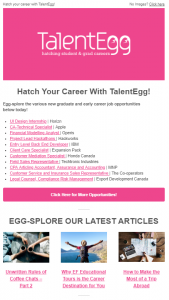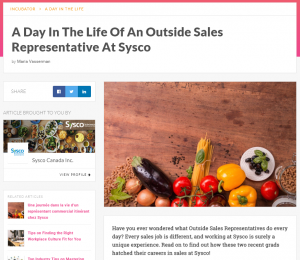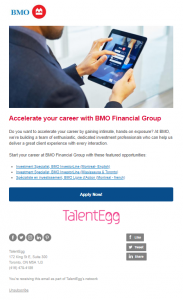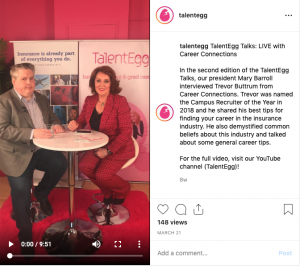Originally posted on February 27, 2020 by Paul D. McLean* at Global HR Lawyers – In A Flash – Matthews Dinsdale.
With COVID-19 appearing prominently in news headlines these days, both federal and provincial governments are encouraging preparedness. What is an employer’s responsibility to employees in the event of wide-scale infection? What steps can an employer take in advance to ensure preparedness? While specific guidelines and responsibilities exist for those working in health care, an employer in any industry can benefit from having a workplace pandemic plan in place.
A pandemic is an epidemic crossing international boundaries. While the decision that a pandemic exists is made by the WHO, a high incidence of infection in Canada or a region of Canada could still lead to the need for extraordinary measures. In such circumstances, the responsible authority would be the Chief Public Health Officer and/or local authorities in affected provinces or territories.
In the event COVID19 spreads widely within Canada, employers have the same legal duties under occupational health and safety, employment standards and human rights legislation as they would with any other illness impacting employees. One of the primary considerations will be whether employees can reasonably refuse to attend work for safety reasons if and when COVID19 is present in the workplace.
Employers may also be subject to additional duties in the event that an outbreak of illness rises to the level of “emergency”. Every jurisdiction in Canada has legislation in place for emergency measures and some specifically contemplate public health emergencies (e.g. Ontario’s Health Protection and Promotion Act and Alberta’s Public Health Act). B.C.’s Public Health Act confers upon the provincial health officer special emergency powers regarding the reporting of personal information, which would apply in the event an emergency is declared. During an emergency, those powers would apply notwithstanding any applicable privacy legislation.
A comprehensive workplace pandemic plan should include the following elements, tailored to the particular needs of your organization, and developed in consultation with the joint occupational health and safety committee or worker’s representative, and union representative, where appropriate:
- Leadership
Ensure your organization is prepared to address the issue. Designate key employees who will manage the employer’s response to any pandemic. Make an actual plan to respond to the risk of a pandemic impacting the workplace.
- Communication
Consider what types of information you will need to obtain in the event of a pandemic and the information you will need to disseminate. Identify in advance where you will be able to find up-to-date and reliable information about a disease outbreak, including its current status, symptoms and prevention strategies, and where to receive medical care. Develop a strategy for communicating the necessary information to employees in a format that is easily accessible from home.
- Risk Management and Containment
Consider workplace strategies for reducing the spread of illness. Ensure basic supplies such as hand-hygiene products, tissues and receptacles are available in all locations.Consider policies that would be implemented in the event of a pandemic to limit the opportunities for disease transmission, such as employee “work from home” strategies, staggering shift starts and breaks to reduce the number of people in the workplace at a time, and arranging work stations to maintain distance between individuals.
- Continuity
Consider the potential impact of a pandemic on your business. Is demand for your products or services likely to increase or decrease? Identify the essential employees to meet the change in demand. Consider how a pandemic might affect your ability to obtain other critical inputs (e.g. shipping of raw materials). What if your employees are subject to a quarantine? Does the business need to operate every day? Can it sustain a shutdown?Employee absenteeism is likely to be one of the biggest concerns. Employees may be sick themselves, may need leave to care for sick family members, or may wish to remain home due to fear of contracting illness. Predictions for absenteeism during a local outbreak vary by industry, but a general recommendation for employers is to plan for an absenteeism rate of between 20 to 25% during a peak two-week period of an outbreak in a specific area, with lower absenteeism in the weeks before and after.Refer to occupational health and safety legislation, employment standards legislation, as well as your organization’s own policies and collective agreement (if applicable), to determine what types of leave are available to employees, including the issue of work refusals.
- Recovery
The return to “business as usual” will likely take place gradually as the pandemic draws to an end. Consider phases of recovery in your workplace pandemic plan. Which aspects of your business are likely to return to normal first?
While this article provides the basics of developing a workplace pandemic plan, the World Health Organization has just published specific guidance on how to prevent the spread of COVID19 in the workplace and encourages employers to adopt these measures presently.
Additional planning tools are available to employers from federal and provincial governments in Canada. Once you and your team have developed your plan, set dates for its review. Consider testing some aspects of the plan as needed.
Though workplace pandemic plans, by design, contemplate the worst scenarios of disease outbreaks, employers can play a role in preventing the everyday spread of illness by encouraging good health practices among employees. For example, posters and employee handouts can be used for education and awareness at the workplace. Even in the absence of pandemic or severe outbreak, employee illness can have an impact on an employer’s business and operations. Efforts at preventing the spread of illness at the workplace may benefit employers before any extraordinary measures are required.
If you have any questions about this topic or would like assistance with developing and/or reviewing pandemic plans, please do not hesitate to contact a Mathews Dinsdale lawyer.
This editorial is not intended as legal advice. Any employer or organization seeking assistance should feel free to contact a Mathews Dinsdale lawyer for assistance.


